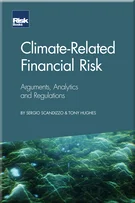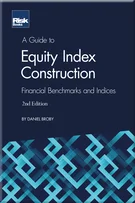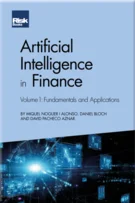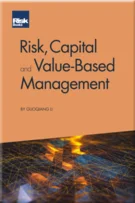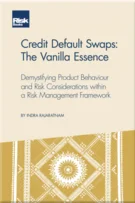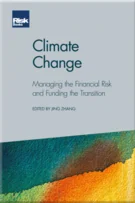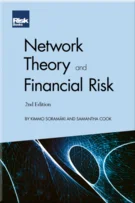Core–Satellite Investing: Budgeting Active Manager Risk
Introduction
A Primer on Portfolio Theory
Application in Mean–Variance Investing
Diversification
Frictional Costs of Diversification
Risk Parity
Incorporating Deviations from Normality: Lower Partial Moments
Portfolio Resampling and Estimation Error
Robust Portfolio Optimisation and Estimation Error
Bayesian Analysis and Portfolio Choice
Testing Portfolio Construction Methodologies Out-of-Sample
Portfolio Construction with Transaction Costs
Portfolio Optimisation with Options: From the Static Replication of CPPI Strategies to a More General Framework
Scenario Optimisation
Core–Satellite Investing: Budgeting Active Manager Risk
Benchmark-Relative Optimisation
Removing Long-Only Constraints: 120/20 Investing
Performance-Based Fees, Incentives and Dynamic Tracking Error Choice
Long-Term Portfolio Choice
Risk Management for Asset-Management Companies
Valuation of Asset Management Firms
Tail Risk Hedging
The central objective of this chapter is to show pension fund trustees how they can optimally combine the skills of both index-tracking and active fund managers. It is the most important decision after the strategic asset allocation has been derived, given the increasingly competitive nature of the pension fund market. At the time of writing, the practice is to use weight allocation to choose between managers (managers who perform well get higher weights, while others are terminated). This chapter will show that this can be considerably more inefficient than the risk allocation method, where well-performing managers are allowed to become more aggressive, while less successful managers are moved into passive management. Instead of using the weight allocation method, the suggestion ventured is to efficiently use all available information on managers, showing return histories of different lengths, as truncation would lead to an increase of estimation error and hence to allocations of little practical use. Finally, the chapter offers an estimate of the loss in efficiency if the correlation structure between managers and asset classes is not properly taken into account.
Core–satellite
Copyright Infopro Digital Limited. All rights reserved.
As outlined in our terms and conditions, https://www.infopro-digital.com/terms-and-conditions/subscriptions/ (point 2.4), printing is limited to a single copy.
If you would like to purchase additional rights please email info@risk.net
Copyright Infopro Digital Limited. All rights reserved.
You may share this content using our article tools. As outlined in our terms and conditions, https://www.infopro-digital.com/terms-and-conditions/subscriptions/ (clause 2.4), an Authorised User may only make one copy of the materials for their own personal use. You must also comply with the restrictions in clause 2.5.
If you would like to purchase additional rights please email info@risk.net

